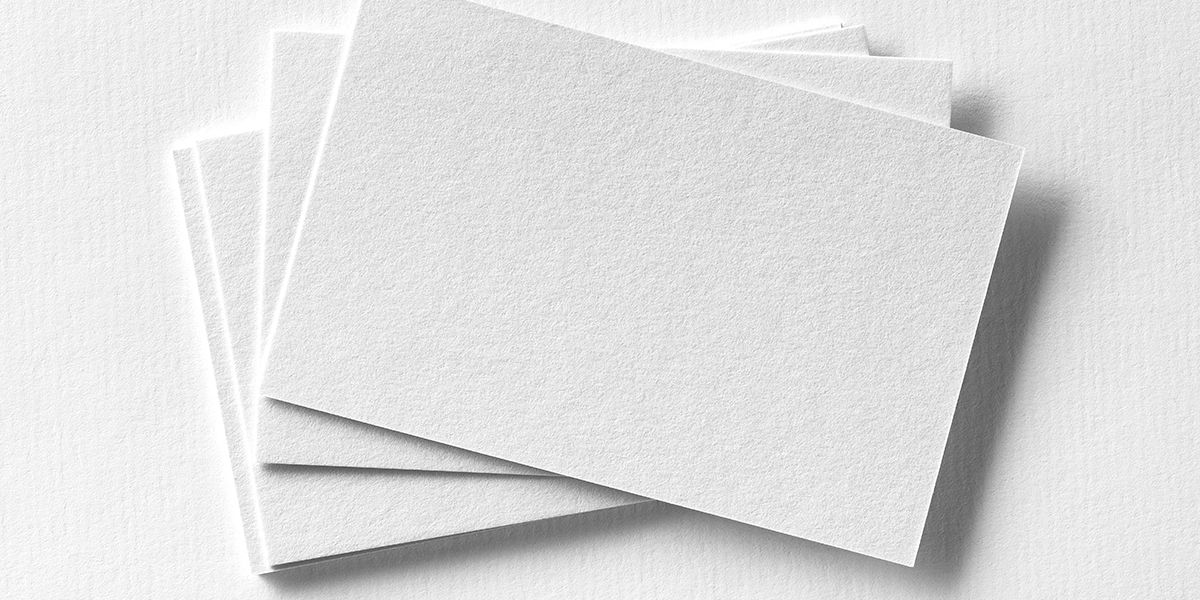7 Things To Consider When Choosing Paper For Your Business Cards
Business cards reflect professionalism. A well made card shows a serious intent. The variety that has come into card designs is mind boggling. They come in all shapes and sizes imaginable, with shine and thickness varying widely. However, not all cards are created equal. Poor quality of paper, lack of protective coating and uneven finishes can wreak havoc on your reputation. The look and feel of your cards is ultimately decided by the paper you choose.
If you are looking for the perfect paper for your business cards. here are 7 things to mull over when choosing paper for your business cards:
1. Card Thickness
You must have come across cards that feel exceptionally light to the touch. An 8 pt card stock, for example, looks like ordinary paper. Then there are some that have a certain thickness to them. Card thickness determines its ability to hold the design printed. Thicker cards (22 pt or 32 pt) allow for printing on both sides without the risk of uneven staining.
2. Card Finishes
There are three finishes that bring out the best in your business cards – matte, glossy and uncoated.
Cards with a matte finish are perfect if you want sober colors. To display vivid images and patterns, choose a glossy finish. An uncoated paper is grainy. Play with texture with an uncoated card.
3. Usage
How are you going to use this all-important piece of media?
- Is it going to be displayed in your front office? A slim card works well for this.
- Is it going to be handed over and exchanged during business meets? Look for sturdier cards that can take the handling.
- Is it going to be dispatched? Thinner cards will keep it light.
A durable business card paper lends itself to various uses.
4. Budget
There are different papers for different budgets. Thinner papers cost less upfront but may end up as a recurring expense since they typically do not last long. Heavier cardstock are pricey but are good value for money. They are robust. Of course, other factors like appearance or quantity also affect costs.
5. Design
The paper for your card must be a suitable medium for the intricacies of design. Graphics-rich designs demand a different texture than a text-only background. If you have a specific design in mind and want it to be the focal point of the card, look for cards that will give it a subtle shine.
6. First Impact
Business cards carry the weight of your business on their slender edges. A crumply, size-zero card and its blurry print won’t do much to clinch the deal. Make sure the paper you use is suitable for your purpose. You don’t want it thrown in the bin.
7. Special Paper for Special Needs
Uber cool is the new normal and paper for you business card is no stranger to it. A glow-in-the-dark UV coating adds a ‘wow’ factor. Water-based coatings and silky-smooth polishes lend a touch of elegance.
Choosing a paper for your business card should be more fun than strenuous. Consider these seven criteria to make your card worth the time and cash.

